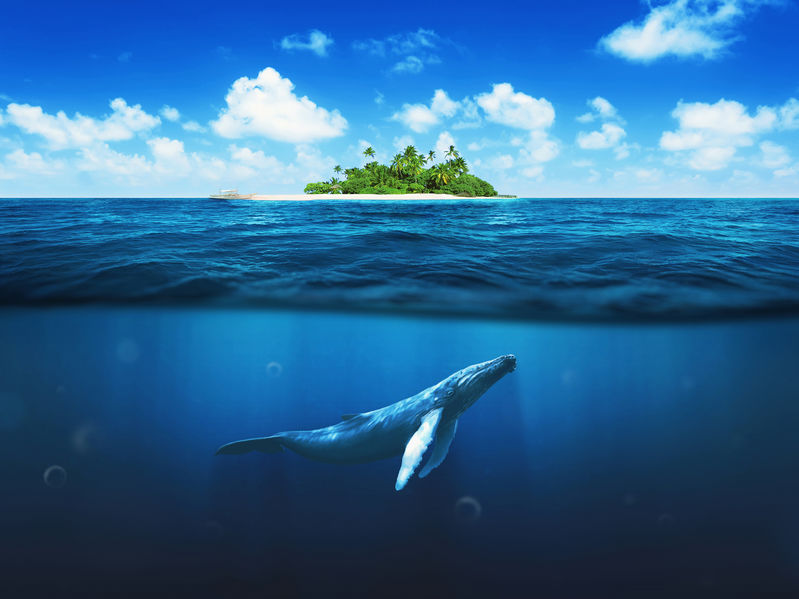An interesting article in the Economist suggests that technological development might soon be able to plug one of the holes in a framework of environmental protection known as “Free-Market Environmentalism.” That could extend this alternative to command-and-control environmental regulation to a domain where private solutions have been seen as impossible: the oceans, and wide-ranging migratory fowl.
In a nutshell, free-market environmentalism differs from conventional environmentalism in terms of what it perceives as the causes of environmental degradation and what solutions to those problems might entail. Whereas traditional environmentalism tends to focus on the idea that capitalism and market economies are inherently destructive of the environment. Free-market environmentalism observes that in fact, governmental mis-management is what often leads to what pioneering researcher Garrett Hardin identified as the “tragedy of the commons.”
Hardin observed that if a resource is not owned, with defined property rights. Instead it is free to anyone who wants to use it and will inevitably be over-consumed. We have seen this play out over time as air pollution (air is a commons), water pollution, plastic pollution, over-farming, over-fishing, over-grazing, and just about over-everything.
By contrast, free-market environmentalism observes that historically, it was often establishing and enforcing property rights that led to most successful environmental protection. That in the main, environmental destruction which comes, as Hardin pointed out, not because people hate the environment, but because there is a lack of property rights. This to a point where invested owners have a stake in conserving and protecting the environment because it is in their self-interest to do so.
One of the problems that free-market environmentalism could not reconcile in its earlier forms was trans-jurisdictional (my term) pollution. That is, problems such as air pollution, ocean pollution, and climate change, feature pollutants moving freely between regulatory jurisdictions. All that may have wildly different and often incompatible views of property rights which resist management by property rights. Note that such problems are also generally impossible to address through regulation. This as different regulatory regimes will also have different views of what they want to protect, and for what purposes.
Yet technology may be injecting a new element into the equation of environmental protection. An element which might indeed allow the development of enforceable property rights over the global commons of the world’s oceans.
An article in the Economist describes the development of new technology that could dramatically (and affordably) expand our ability to not only track destructive activities in the oceans, but to trace them back to particular actors and locations. The article describes an initiative by the U.S. Defense Advanced Research Projects Agency (DARPA), which, though focused on military defense, has also given us such technologies as the internet, by which you are almost certainly reading this column. DARPA’s initiative is to distribute many thousands of inexpensive, but networked sensors in the oceans that could detect, “…water temperature to wave heights, weather conditions, nearby wildlife and more. All this would then be made freely available to scientific and commercial users.” One example is that floating sensors at the ocean’s surface, for example, could track migratory bird patterns and populations by the frequency of their landing to perch on a sensor.
It is, of course, very early days for this technology, and there is the question of whether the sensors themselves might constitute pollution in some sense, but one could envision using such sensors to track threatened whale populations for example, and identify which vessels, from which point of origin, are harvesting or otherwise threatening endangered whales. That in turn could lead to countries (or private conservation groups) to potentially secure, monitor, and enforce “ownership” of, migratory whale populations. Of course, some will argue that we can’t “own” whales, or put a price on them, but that same argument was made over the protection of elephants in Africa, to African rhinos, to managing coastal fisheries in the US and Canada. In all three of those cases, establishing a rights-based management regime led to superior environmental and economic outcomes.
For those who favor using markets and property rights to protect and manage our environment, technological advances like this might let us expand the framework of free-market environmentalism into realms formerly thought out of its reach: the global atmosphere, the oceans, and migratory wildlife, which have often proven unmanageable by regulatory regimes that are frequently incompatible from one country to another.
